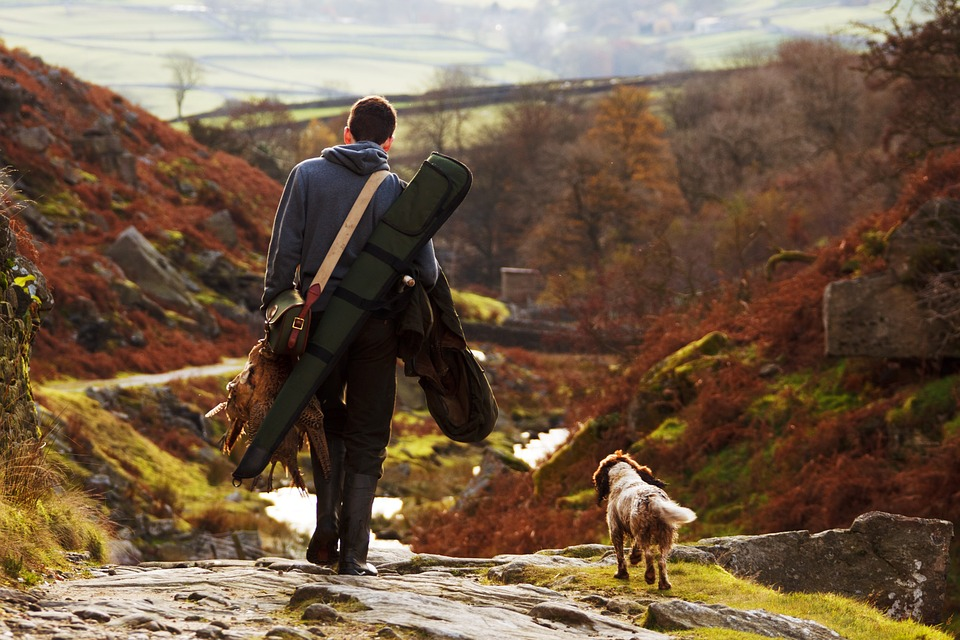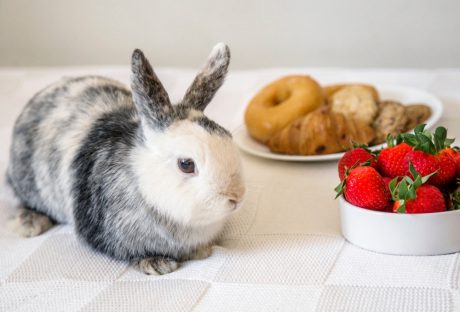One of the most beautiful sounds in the world to a hunter may be the bugle of a male hunter calling his harem. These majestic animals often weighing up to 700 pounds are grazers that chew their cud. Depending on where you plan on hunting, you can hunt elk from late July through mid-December. Whether you go elk hunting regularly or are fixing to go on a once-in-a-lifetime trip, following some elk hunting tips will give you a better chance of killing a big elk.
Know Your Weapon’s Capabilities :
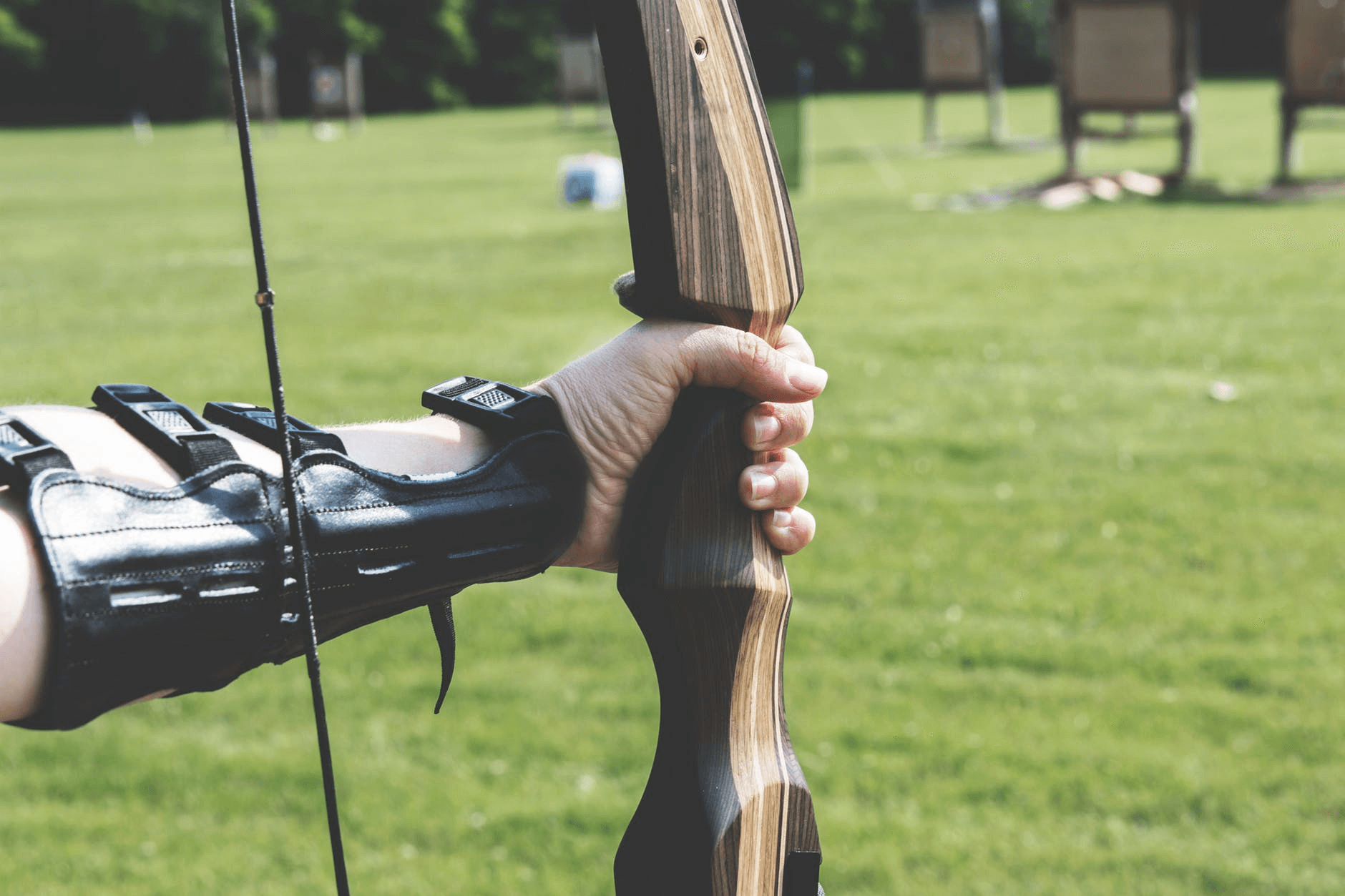
Whether you choose to hunt with a bow and arrow or with a shotgun, it is important to know your weapon’s capabilities. There is nothing worse than getting into the field on a beautiful fall day to discover that your equipment is not working properly. Many hunters discover that their accuracy greatly decreases after 100 yards, but they fail to wait with bated breath until the buck or doe is close enough. Practicing with your weapon at home ensures that you know how it operates and what you can trust in its reliability. Additionally, make sure to practice with any equipment that you plan on using in the field like rangefinders and shooting sticks. Practice in the position that you plan on shooting from when you see that majestic animal walk in front of you.
Know The Habitat :

If you do not live in the area where you plan on elk hunting, then get a topographical map of the area and study it before making your trip. Otherwise, get out in the field before hunting season begins and learn the territory first hand. Elk often uses grassy ridges as travel corridors between feeding and bedding sites. Mark wide flat valley areas that contain headwaters to small creeks and streams as elk often congregate there during the early hunting season. Consider hunting creek bottoms because elk love the variety of vegetation often found there. Determine the direction of the wind so that you keep it in your face blowing your scent behind you when getting into position. Most state wildlife divisions publish reports of estimated elk numbers, and reading these reports can often give you an indication of what part of the state you need to hunt in when possible.
Get Into Physical Condition :
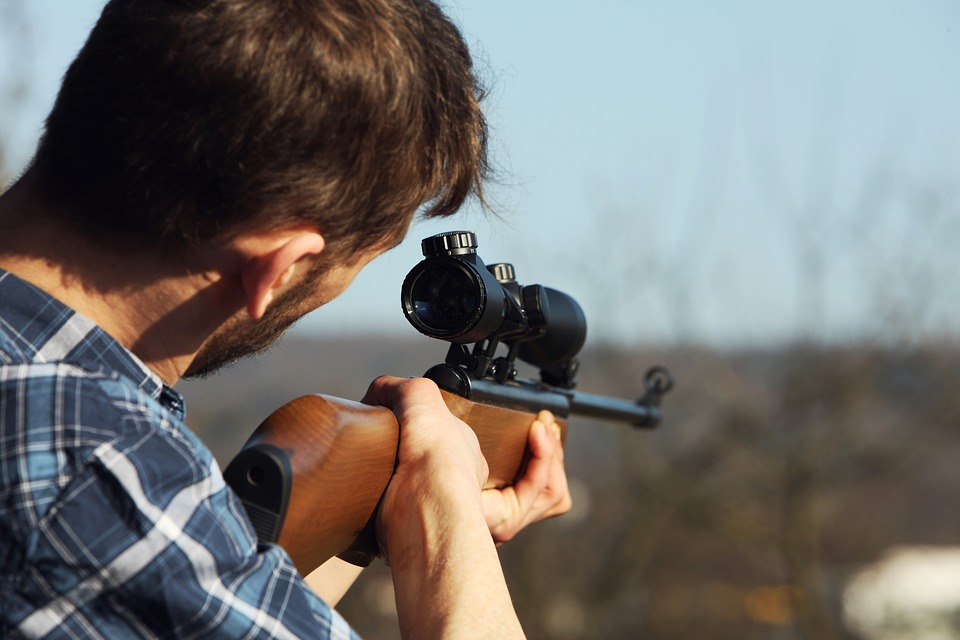
If you are looking to go on an elk hunt, then you need to be in great physical condition. It is not unusual to cover at least five miles while hunting. Keep in mind that you will likely do it while carrying your gun, a daypack, and other supplies. While you may wish that the buck would choose the top of a hill with amazing scenery, they will often choose to stay more hidden, especially as the season wears on. Getting into good physical condition also means that you will not be so out of breath when he walks in front of you that you cannot take an accurate shot.
Additionally, ensuring you have the right shotgun ammo is crucial for a successful hunt.
Think About the Elk’s Diet :
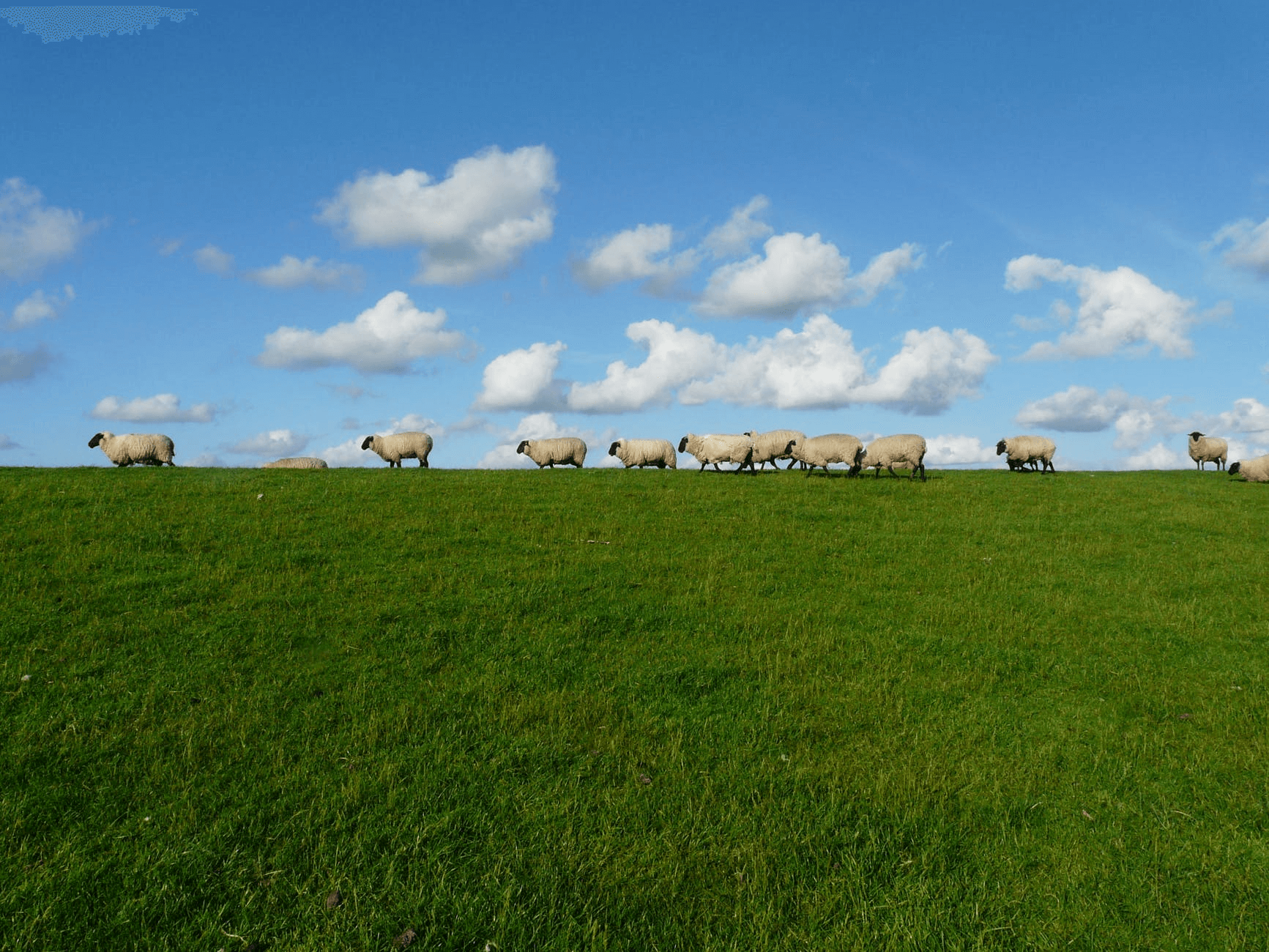
Understanding what an elk eats will let you position yourself correctly depending on the season. If it is still summer when you begin to hunt, then look for them in grassy areas with lots of forbs. As the temperatures begin to drop, then they will be in areas where grasses are still present. Elk spends a lot of time grazing during the fall as they try to store up fat to get through the cold winter months. As the days become cold, they are opportunistic grazers who will feed on tree bark and small branches. After the first snow, they often avoid going into valleys, but they choose to stick close to the edge of wooded areas.
Look for Signs :
You will want to watch for signs that elk are in the area. If you are an experienced deer hunter, then realize that elk hoofprints are about twice the size of deer impressions. Additionally, their pellets are about twice as big as those of deer. Finding these signs are great ways to know that elk are in the area where you are hunting. While getting to a high vantage point can be rough physically, use it to your advantage as it will allow you to see elk from far away. Then, devise a plan to get there moving against the wind. This will often require you to circle the herd before closing in.
Stay in the Field :
Many hunters choose to go hunting in the early morning and about the time the sun goes down. Staying in the field all day can result in you getting a big elk because as hunters return to camp, they often scare the elk toward you. This can take advance planning as you will want to stay warm throughout the hours in the field when you may not move much. Dressing in layers helps you adjust to changing temperatures. Wearing hiking boots with rugged soles can help you get through rugged terrain better. Pack a lunch in your daypack. Avoid using a campfire as elk can smell the fire and will stay away.
Look Up :

Many hunters spend the majority of their time looking at the ground. While this may be tempting while moving across rugged terrain, there are no elk located right under your feet. Instead, spend your time looking around you. That is where the large elk buck will be located. They may, however, try to hide from you, so paying attention helps you spot that glimpse of brown fur behind an object. At the same time, wear clothes that you can easily be spotted in and watch for other hunters in the vicinity.
Use these tips to have a successful elk hunt. Before going, ensure that you have a way to transport the elk home because you will want to fill your freezer with delicious elk meat or donate it to a worthwhile charity.
Read Also :













